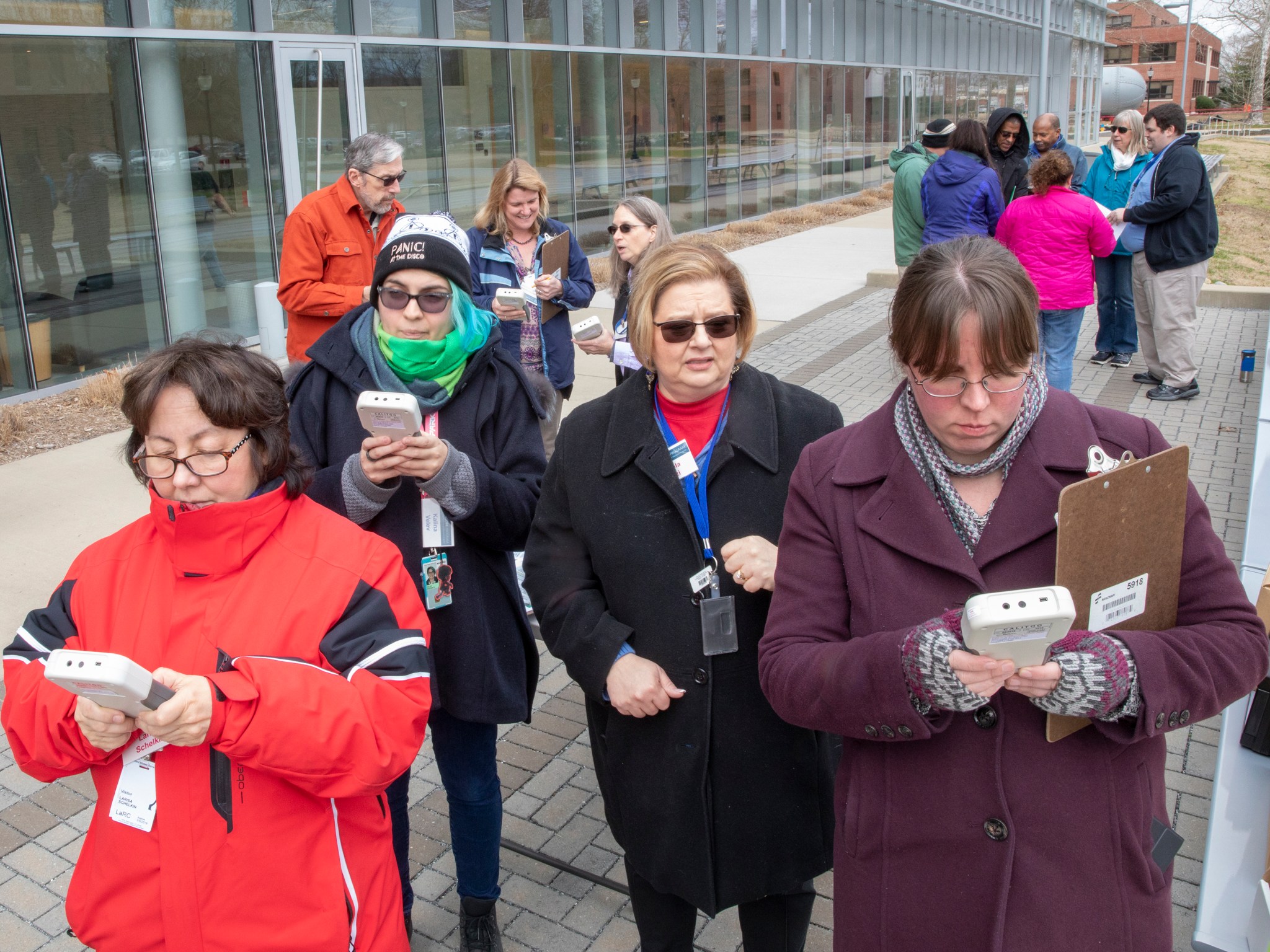Contributing to a NASA database sounds like something that requires scientific degrees, long hours and a lot of effort. However, these participants make it look easy.
From March 5 to 7, NASA’s Langley Research Center in Hampton, Virginia, hosted a North American Region Meeting about the Global Learning and Observations to Benefit the Environment, or GLOBE, program. GLOBE encourages participants from 121 countries to participate in citizen science on a variety of Earth system topics including the atmosphere, biosphere and hydrosphere.
As a part of the program, Langley subject matter experts in clouds and aerosols trained partners in strategies and observations to teach their own local students and communities about exciting ways to participate in scientific cloud and aerosol observations. While clouds can be easily observed, aerosols are minute particles suspended in the atmosphere that can only be seen with special instruments such as a sun photometer.
“Even though they are two different protocols, they go together because aerosols affect clouds and clouds affect aerosols,” said Marilé Colón Robles, project scientist for the GLOBE Clouds program, which is based at Langley. “So we are going to spend one whole day on how to make the observations work together to help teach students and other teachers.”
The atmosphere workshop on Tuesday focused on how to make observations easier, tips on bringing GLOBE into classrooms and helping the community become excited about cloud and aerosol research. Stations during the workshop included “What are Aerosols?,” “How to Use a Sun Photometer,” “How to Use Data to Do Student Research” and “How Researchers Use Your Observations.”
“The North American Regional Meeting helps introduce exciting changes to the GLOBE program like using the GLOBE Observer app and provides networking and meeting opportunities that help me learn from other participants,” said Janet Vail, a research scientist from Grand Valley State University in Allendale, Michigan.
Here at Langley, the cloud and aerosol ground-based observation data collected by GLOBE participants match to earth-observing satellites such as GOES-16 and CALIPSO. “By coupling NASA satellite data with ground-based observations, you have the opportunity to see fine details of what is going on across the whole globe,” says Jessica Taylor, lead for the science education team in Langley’s Science Directorate.
The North American Regional Meeting discussed a number of program elements including creating student projects with GLOBE data and helping other participants with data collecting techniques.



























